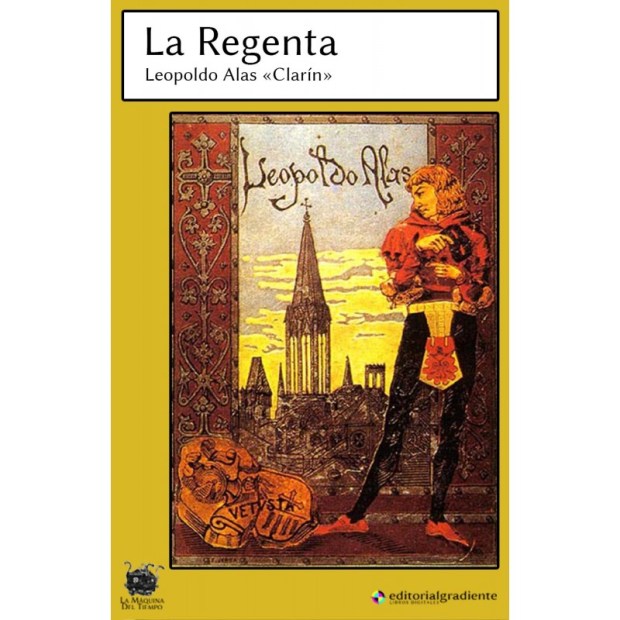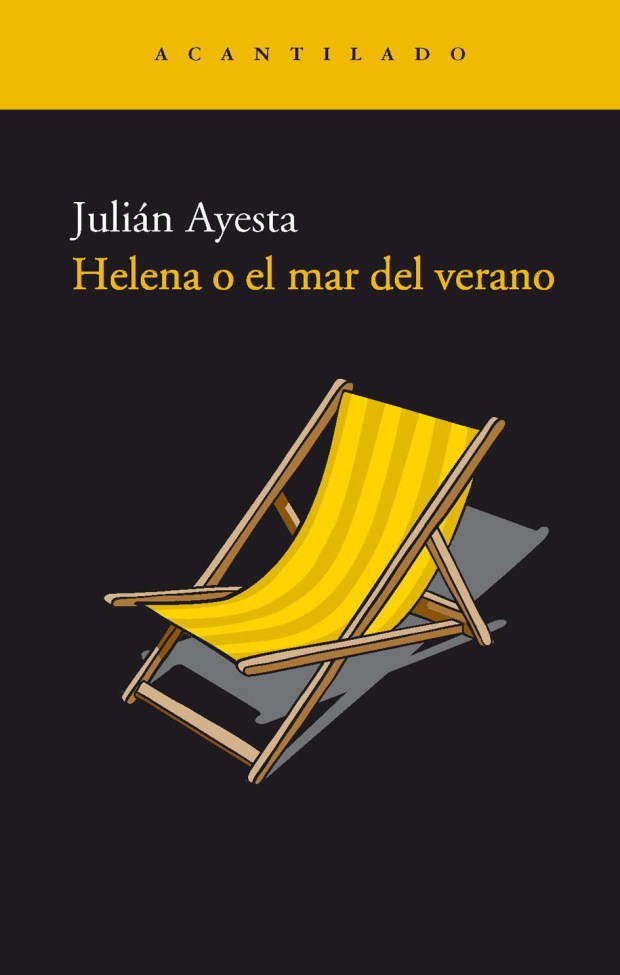Asturias is a land defined by its harsh terrain, rugged coastline, and ever-changing cities. It’s Spain’s coal country, a place marked by the decline of industry and years of brutal repression under the Franco regime. But it’s also a region with its own language and a bent for social justice. Here are a few books that will help you understand this unique corner of northwestern Spain.
Word to the wise—consider this a chance to practice your Spanish. Of the books below, only The Regent’s Wife has been translated into English.
Your reading list:

La Regenta by Leopoldo Alas, aka Clarín (1884–85)
In front of the Oviedo Cathedral stands a statue of a woman: Anita Ozores, la regenta, the main character of Clarín’s classic novel, The Regent’s Wife. Oviedo—called Vetusta in the story—is a town controlled by the church and by gossip, and it’s turned upside down when word spreads that young Ana, married to a much older man, is having an extramarital affair. Clarín depicts Ana as a good-natured, romantic, bookish young woman in contrast to her petty and provincial neighbors. When it was released, this Asturian Madame Bovary-like tale, scandalized Oviedo’s bourgeoisie, which was unaccustomed to being portrayed in such a harsh light.
Historia universal de Paniceiros by Xuan Bello (2002)
Award-winning author Xuan Bello originally published this book in the now-defunct Asturian-language weekly Les Noticies; the Spanish translation came out two years later. A mix of poetry, short stories, oral history, and journalistic narrative, this story takes place in the tiny fictional town of Paniceiros. The author attempts to create a time capsule of a place and a people whose culture, language, and customs risk being forgotten.

Tres periodistas en la revolución de Asturias by Manuel Chaves Nogales, José Díaz Fernández, and Josep Pla (2017)
In 1934 miners in Asturias launched a major strike against the new, conservative Spanish government, demanding better working conditions and a living wage. The strike grew into an armed uprising, and Asturias declared itself an autonomous region. A few weeks later federal troops crushed the revolutionaries. The ensuing wave of repression led by Gen. Francisco Franco was a precursor to Spain’s bloody civil war and Franco’s nearly 40-year dictatorship. This first-ever collection of their wartime reporting presents three of Spain’s preeminent journalists from that era covering the Asturian uprising in a style Ernest Hemingway would go on to employ in his own coverage of the Spanish Civil War.

Helena o el mar del verano by Julián Ayesta (2002)
Gijón, Asturias’ most populous city, is best known for its immense coastline and postindustrial decay and is often overshadowed by the regional capital, Oviedo. But Julián Ayesta, a career diplomat who at one point was Spain’s ambassador to Yugoslavia, paints a different portrait of the city of his youth in Helena, or the Summer Sea. His short, mysterious, and poetic work, first published in 1952, is a coming-of-age novel set against the backdrop of Gijón.
Nosotros, los Rivero by Dolores Medio ( 2017)
In 1953 a little-known schoolteacher won the prestigious Nadal Prize for a novela. Dolores Medio’s memoir of her childhood and adolescence in Oviedo is marked by her support for the Spanish Republic during Asturias’ 1934 uprising and the harsh repression that followed. The novel was censored at the time of publication, and the original text has only recently been made public.
This text was translated from the original Spanish.